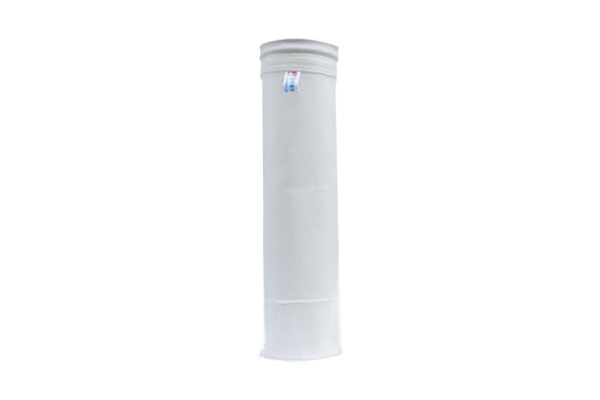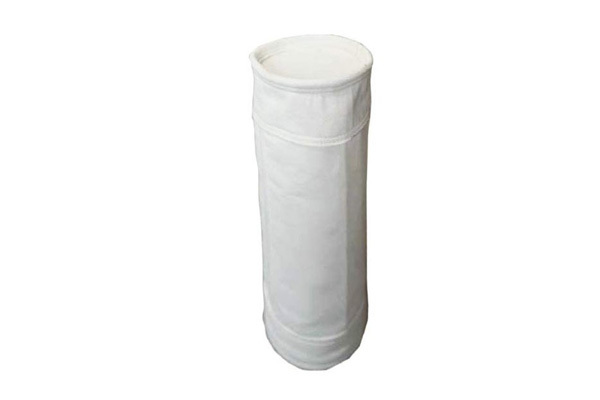Understanding Dust Collector Filter Bags: Essential Insights for Industrial Professionals
Release time:
2025-04-29
Dust collector filter bags play a vital role in maintaining air quality within industrial environments by capturing airborne particles and contaminants. These bags are an essential part of dust collection systems, which are designed to enhance air cleanliness and compliance with environmental regulations. Understanding the intricacies of dust collector filter bags can help professionals select the
Dust collector filter bags play a vital role in maintaining air quality within industrial environments by capturing airborne particles and contaminants. These bags are an essential part of dust collection systems, which are designed to enhance air cleanliness and compliance with environmental regulations. Understanding the intricacies of dust collector filter bags can help professionals select the right type for their applications, ensuring optimal performance and efficiency.
One of the primary functions of dust collector filter bags is to trap particulate matter, which can range from fine dust to larger debris. The effectiveness of a filter bag is often determined by its material, weave, and micron rating. Common materials used for filter bags include polyester, polypropylene, and fiberglass, each offering different benefits in terms of temperature resistance, chemical compatibility, and filtration efficiency. For instance, polyester bags are widely used due to their balance of durability and cost-effectiveness, while fiberglass bags are chosen for high-temperature applications.
When selecting a dust collector filter bag, it is crucial to consider the specific requirements of the dust collection system, including the type of dust being collected, airflow volume, and operating conditions. The micron rating of a filter bag indicates the size of particles it can capture; lower micron ratings mean finer filtration. Therefore, professionals must assess the dust characteristics to choose a filter that meets both operational needs and regulatory standards.
Maintenance of dust collector filter bags is another critical aspect of ensuring their longevity and efficiency. Regular inspection and cleaning can significantly enhance performance. Dust buildup on the filter surface can lead to reduced airflow and increased energy consumption. Implementing a pulse-jet cleaning system is a common method to dislodge accumulated dust, allowing the filter bags to maintain their effectiveness. Additionally, setting a routine replacement schedule based on the manufacturer's recommendations or operational demands can prevent unexpected downtime and ensure consistent air quality.
Moreover, advancements in filter bag technology, such as the introduction of nanofiber coatings and electrostatic properties, are revolutionizing the industry. These innovations enhance filtration efficiency and extend the lifespan of the bags, making them more cost-effective in the long run.
In conclusion, understanding the various aspects of dust collector filter bags is essential for industrial professionals to optimize air filtration systems. By selecting the appropriate materials, maintaining the filters effectively, and staying updated on technological advancements, businesses can ensure a cleaner, safer working environment while adhering to regulatory standards.
One of the primary functions of dust collector filter bags is to trap particulate matter, which can range from fine dust to larger debris. The effectiveness of a filter bag is often determined by its material, weave, and micron rating. Common materials used for filter bags include polyester, polypropylene, and fiberglass, each offering different benefits in terms of temperature resistance, chemical compatibility, and filtration efficiency. For instance, polyester bags are widely used due to their balance of durability and cost-effectiveness, while fiberglass bags are chosen for high-temperature applications.
When selecting a dust collector filter bag, it is crucial to consider the specific requirements of the dust collection system, including the type of dust being collected, airflow volume, and operating conditions. The micron rating of a filter bag indicates the size of particles it can capture; lower micron ratings mean finer filtration. Therefore, professionals must assess the dust characteristics to choose a filter that meets both operational needs and regulatory standards.
Maintenance of dust collector filter bags is another critical aspect of ensuring their longevity and efficiency. Regular inspection and cleaning can significantly enhance performance. Dust buildup on the filter surface can lead to reduced airflow and increased energy consumption. Implementing a pulse-jet cleaning system is a common method to dislodge accumulated dust, allowing the filter bags to maintain their effectiveness. Additionally, setting a routine replacement schedule based on the manufacturer's recommendations or operational demands can prevent unexpected downtime and ensure consistent air quality.
Moreover, advancements in filter bag technology, such as the introduction of nanofiber coatings and electrostatic properties, are revolutionizing the industry. These innovations enhance filtration efficiency and extend the lifespan of the bags, making them more cost-effective in the long run.
In conclusion, understanding the various aspects of dust collector filter bags is essential for industrial professionals to optimize air filtration systems. By selecting the appropriate materials, maintaining the filters effectively, and staying updated on technological advancements, businesses can ensure a cleaner, safer working environment while adhering to regulatory standards.
latest News









